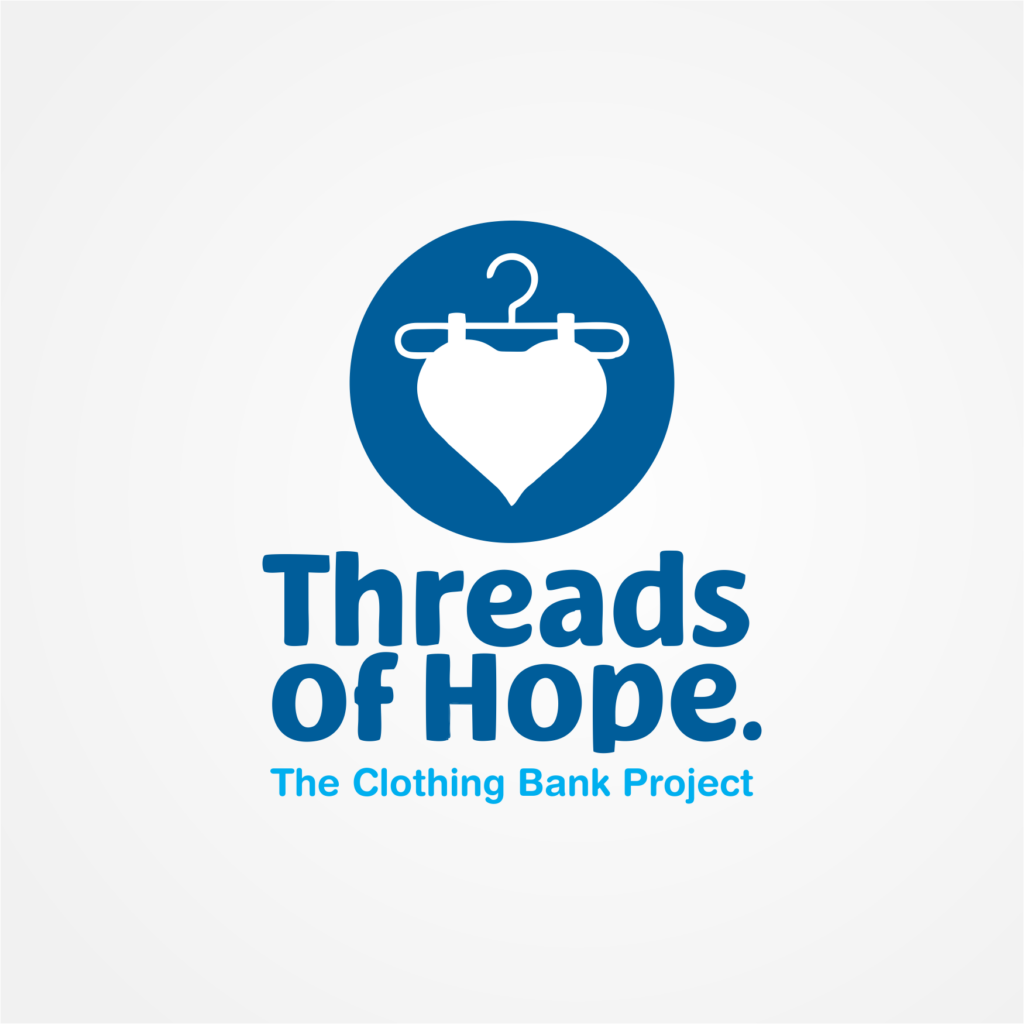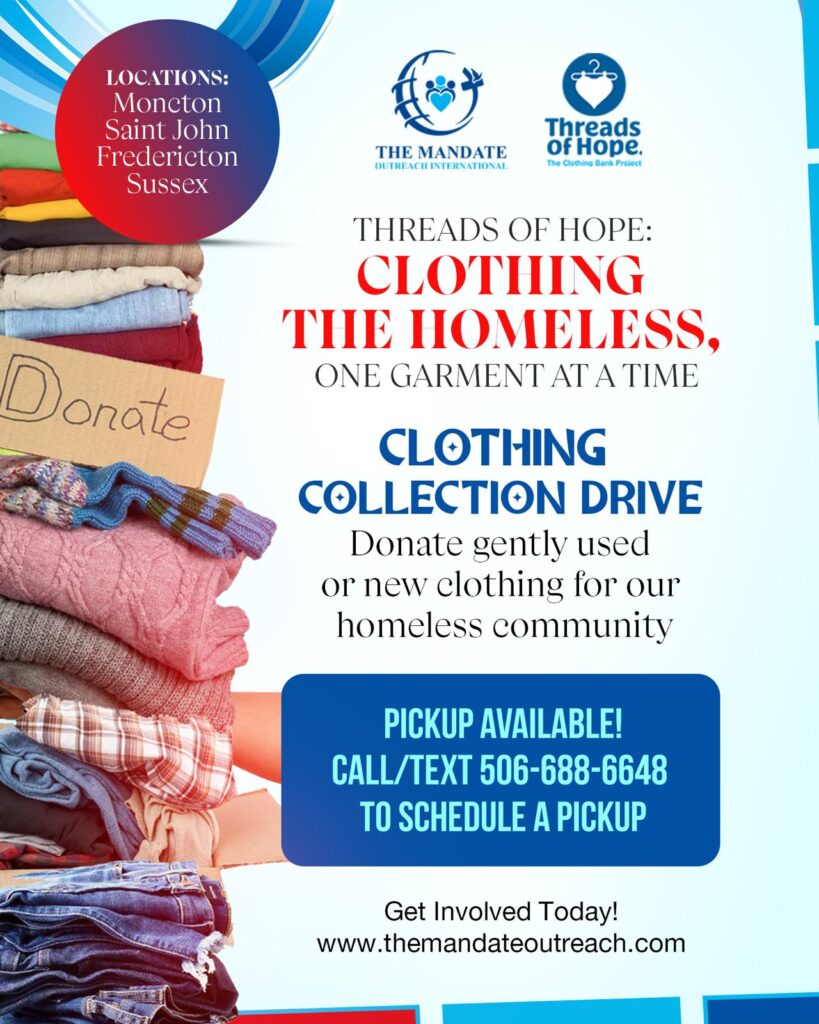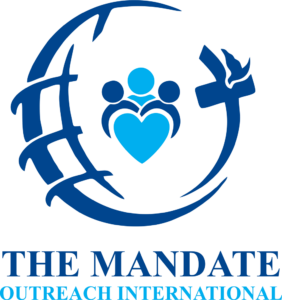The Mandate Outreach International
Do you need a “Helping Hand, Clothing, Essentials | New Comers Sustainable Settlement Support | Airport Pick up/Drop off | Any Kind of Helping Hand: TEXT “Helping Hand” to 506 688 6648 – Reach Out! | [email protected]

Threads of Hope: The Clothing Bank Project Framework
Introduction
Threads of Hope: The Clothing Bank Project is a transformative initiative under The Mandate Outreach International (TMOI). This program aims to provide clothing essentials to individuals and families in need, empowering them with dignity, comfort, and hope. By collecting, organizing, and distributing new and gently used clothing, this initiative will address the critical needs of marginalized communities while fostering sustainability through responsible reuse and recycling practices.
Mission Statement
“To restore hope and dignity to individuals through the provision of quality clothing, while promoting sustainable practices and community collaboration.”
Core Objectives
- Provide Clothing to Those in Need: Ensure access to clothing for underprivileged individuals, including the homeless, displaced families, and those affected by disasters.
- Promote Dignity: Deliver clothing in a manner that preserves the dignity and self-worth of recipients.
- Encourage Sustainability: Reduce textile waste by promoting recycling and reuse of clothing
- Foster Community Collaboration: Engage communities, organizations, and individuals in contributing resources and volunteering for the initiative.

Program Components
Clothing Donation Drives:
- Organize regular clothing donation campaigns in schools, workplaces, churches, and local communities.
- Partner with retail stores and fashion brands for surplus or unsold items.
Clothing Distribution Centers:
- Establish accessible distribution points in underserved areas.
- Ensure a welcoming environment for beneficiaries to choose items that suit their needs.
Specialized Campaigns:
- Winter Warmth Drive: Focus on collecting coats, scarves, gloves, and boots for cold weather.
- Back-to-School Initiative: Provide school uniforms and casual wear for students.
- Career Clothing Program: Supply professional attire for job seekers and interviews.
Volunteer Engagement:
- Recruit and train volunteers for sorting, organizing, and distributing clothing.
- Create an online platform to schedule and track volunteer activities.
Sustainability Efforts:
- Repurpose damaged clothing into useful items like cleaning rags or crafts.
- Partner with recycling organizations to ensure unusable textiles are disposed of responsibly.
Target Beneficiaries
- Homeless individuals and shelter residents.
- Low-income families.
- Victims of natural disasters or emergencies.
- Refugees and newcomers to Canada and other project regions.
Implementation Steps
Needs Assessment:
Conduct surveys and collaborate with local agencies to identify high-need areas and populations.
Resource Mobilization:
- Secure funding through grants, corporate partnerships, and individual donors.
- Leverage TMOI’s existing network for donation drives.
Logistics and Operations:
- Set up storage facilities and implement inventory management systems.
- Develop a streamlined process for collection, sorting, and distribution.
Monitoring and Evaluation:
- Track the number of items donated and distributed.
- Collect feedback from beneficiaries to improve service delivery.
Sustainability Plan
- Community Engagement:
- Host awareness events to educate the public on the importance of clothing donations and sustainability.
- Share impact stories through TMOI’s social media platforms and website.
- Collaborations and Partnerships:
- Work with schools, religious organizations, local governments, and businesses.
- Collaborate with environmental groups to promote sustainability in fashion.
- Digital Presence:
- Create a dedicated webpage for Threads of Hope with options for monetary donations, clothing drop-off locations, and volunteer registration.
Measuring Impact
- Short-Term Goals:
- Distribute clothing to 5,000 individuals within the first year.
- Establish three operational distribution centers.
- Long-Term Goals:
- Expand to serve additional regions.
- Develop educational programs on sustainable fashion and textile recycling.
Conclusion
Threads of Hope: The Clothing Bank Project is more than a charity initiative; it’s a beacon of compassion, sustainability, and community empowerment. By uniting resources and efforts, TMOI can make a profound difference in the lives of individuals, instilling hope and fostering resilience.
Call to Action
Together, we can clothe a brighter future.
Join The Clothing Bank Project today by donating, volunteering, or spreading the word. Your contributions can change lives and make our communities stronger.
